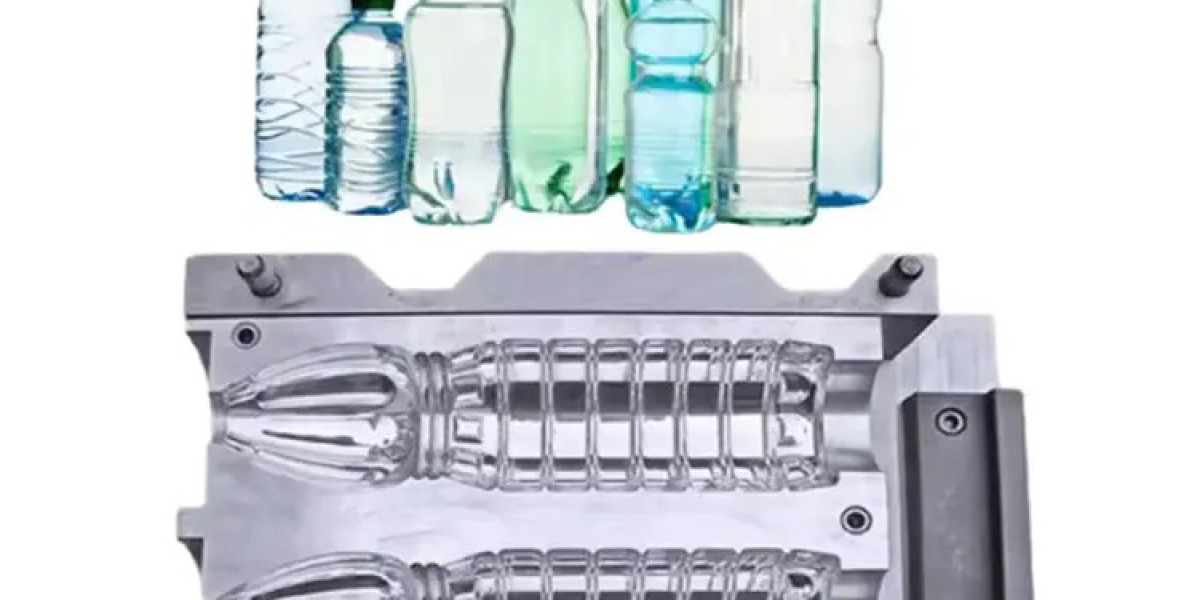Bottle blowing machines are essential pieces of equipment for manufacturers who produce plastic bottles for various industries, including food and beverage, pharmaceuticals, and household goods. These machines take plastic preforms and mold them into bottles through a process of heating, blowing, and cooling. From the manufacturer’s perspective, selecting and maintaining the right bottle blowing machine is key to ensuring production efficiency, minimizing waste, and meeting product quality standards.
A key consideration for manufacturers is the design and operation of the bottle blowing machine. The goal is to achieve consistent bottle shapes and sizes while ensuring that the machine operates efficiently. The two main types of bottle blowing processes are stretch blow molding and extrusion blow molding. The stretch blow molding method, commonly used for PET bottles, involves stretching the preform both vertically and horizontally before blowing air into the mold. This process helps align the plastic molecules, resulting in bottles with high strength and transparency. On the other hand, extrusion blow molding is often used for larger bottles or those requiring thicker walls, as it allows for greater flexibility in design.
From a manufacturing standpoint, the choice between these methods depends largely on the product specifications. For high-volume production, stretch blow molding machines offer the advantage of faster output and greater consistency. Extrusion blow molding machines, while typically slower, are more suited for heavier or uniquely shaped bottles. Manufacturers must assess their needs in terms of production speed, bottle size, and material type when selecting the most appropriate machine.
Ensuring that bottles meet the required standards of quality is another critical aspect of using bottle blowing machines. These machines need to maintain tight control over factors such as wall thickness, weight, and seal integrity. Uneven distribution of plastic, weak spots, or bubbles can compromise the quality of the bottle and make it unsuitable for use in certain applications.
Modern bottle blowing machines often come equipped with automated quality control features. These features can include systems that monitor the temperature of the preform, air pressure during the blowing process, and the cooling rates to ensure that each bottle meets the necessary specifications. For manufacturers, incorporating these automated systems into their production lines helps reduce the risk of defects, minimize waste, and reduce the need for manual inspections.
Energy consumption is a significant consideration for manufacturers, especially those operating high-output production lines. Bottle blowing machines require substantial energy to heat the preforms and compress air during the molding process. To help manage energy costs, manufacturers are increasingly turning to machines with energy-efficient features, such as improved insulation, heat recovery systems, and optimized air compressors. These machines reduce the overall energy requirements, leading to lower operational costs in the long term.
In addition to energy efficiency, reducing material waste is another important goal. Bottle blowing machines can be programmed to use the optimal amount of material, ensuring that excess plastic is minimized. Many machines also offer the ability to produce lightweight bottles, which not only reduces material costs but also contributes to sustainability efforts by lowering the carbon footprint associated with production and transportation.
Flexibility in machine design is an important consideration for manufacturers who need to adapt quickly to changing market demands or new product lines. Some bottle blowing machines offer customizable molds and features that allow manufacturers to produce a variety of bottle shapes and sizes with minimal downtime. This flexibility is particularly beneficial for manufacturers that deal with multiple types of products or packaging styles, as it reduces the need for additional machines or mold changes.
Furthermore, automation technology in modern bottle blowing machines can streamline production by automating tasks such as preform feeding, bottle cooling, and bottle ejection. Automated systems not only increase the speed of production but also reduce the potential for human error, contributing to higher operational efficiency.








